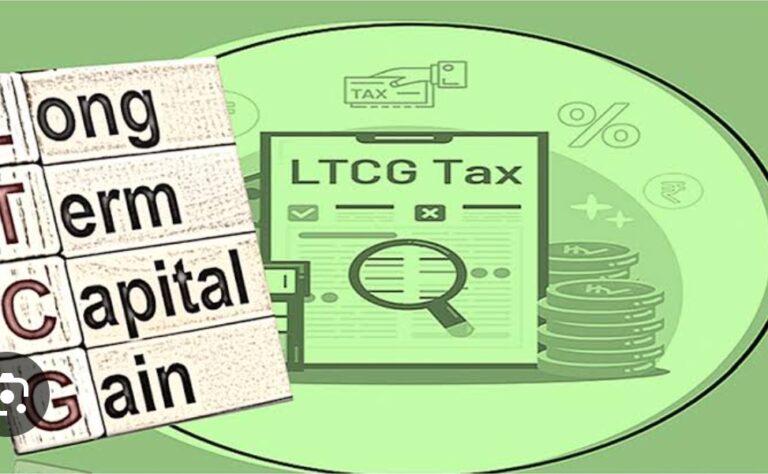Long-Term Capital Gains (LTCG) arise when an individual sells a capital asset—such as property, shares, or mutual funds—after holding it for a specified period (typically more than 12/24/36 months, depending on the asset). In India, these gains are taxable under the Income Tax Act and must be accurately reported while filing the Income Tax Return (ITR). For Financial Year 2024-25 (Assessment Year 2025-26), the Income Tax Department has introduced updated Excel and JSON utilities for ITR-2 and ITR-3, enabling taxpayers to provide a more detailed classification of capital gains. Correctly disclosing LTCG is crucial not only to comply with tax laws but also to avoid penalties or notices. This guide explains how to report long-term capital gains in your ITR step-by-step, ensuring full compliance and maximizing any available exemptions.
Here’s a clear and updated guide for reporting Long-Term Capital Gains (LTCG) in your Income Tax Return (ITR) for FY 2024-25 (AY 2025-26):
📘 ITR Filing FY 2024-25: Reporting Long-Term Capital Gains (LTCG)
✅ Who Should Report LTCG?
If you have earned profits by selling:
- Equity shares or equity mutual funds (held >12 months)
- Property or land (held >24 months)
- Debt mutual funds, gold, bonds (held >36 months)
You must report LTCG in your ITR.
📄 Which ITR Form to Use for LTCG?
- ITR-2: Individuals with capital gains, but no business/profession income.
- ITR-3: If you also have business or professional income.
🧾 Documents You’ll Need
- PAN & Aadhaar
- Form 26AS & AIS
- Broker contract notes or sale deeds
- Purchase & sale date, value
- Cost of acquisition (with indexation if applicable)
🧮 Steps to Report LTCG in ITR (Using Excel/Online Utility)
1. Go to Schedule CG (Capital Gains)
Choose the relevant asset category:
- Section A1 – Equity shares/mutual funds (covered u/s 112A)
- Section B – Real estate, gold, debt mutual funds
2. Fill in Sale Details
- Date of acquisition and sale
- Full value of consideration (sale price)
- Cost of acquisition (adjusted for indexation if allowed)
- Expenses on transfer (like brokerage, legal fees)
3. Apply Exemptions (if applicable)
- Section 54 – Reinvested in residential house
- Section 54EC – Invested in capital gain bonds (NHAI/REC)
Mention the amount claimed as exemption separately.
4. Tax Rate Applied
- 10% on LTCG exceeding ₹1 lakh from equity shares (u/s 112A)
- 20% with indexation for property, gold, debt funds
- Flat 10% without indexation for some assets (u/s 112)
🧾 Where to Report in the ITR Form
- Schedule CG: Full breakup of gains with indexation and exemptions
- Schedule BFLA: If there’s a loss to carry forward/set-off
- Schedule SI: For income taxed at special rates (like 10% or 20%)
📌 Key Updates for FY 2024-25
- Segregated capital gain reporting based on asset class
- Share buyback loss adjustment allowed
- Enhanced disclosure if total assets > ₹1 crore (ITR-2/3)
⚠️ Common Mistakes to Avoid
- Ignoring cost inflation index for property
- Not claiming eligible exemptions (e.g., u/s 54)
- Failing to report listed LTCG (even if tax-free up to ₹1 lakh)
- Mismatch with AIS or Form 26AS
🧑💼 Need Help?
For accurate filing:
- Use Excel/JSON utilities or file online on incometax.gov.in
-
Consult a tax professional if capital gains are complex
